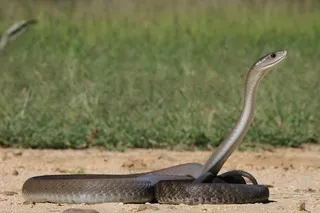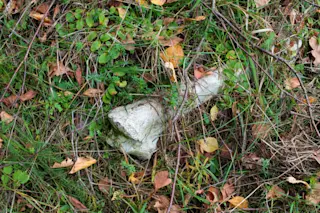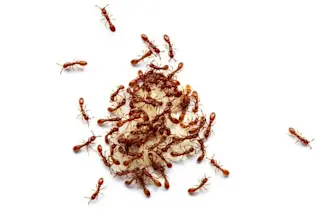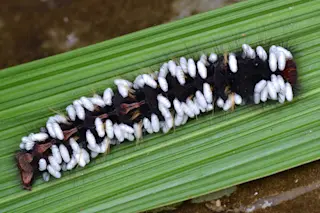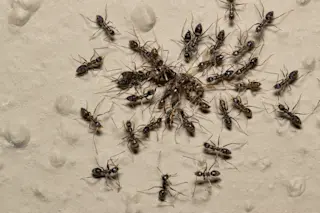An Anthophora pueblo in one of the many tunnels the bees bore into the rock. (Credit: Michael Orr) The big bad wolf won't be blowing these bees' house down any time soon. Unlike other species of excavating bees who build their homes in wood or soil, Anthophora pueblo carves a home out rock in the Utah desert, creating nests that can withstand the tests of time and elements. The species was discovered almost 40 years ago by a USDA entomologist named Frank Parker who found dozens of new species of insects in the region. He took samples of the unique hives, but never formally published his findings, instead filing them away in a basement. It took a doctoral student at Utah State University named Michael Orr to bring the samples out of the basement and into the light, reports Earth & Space Science News.
Orr describes the new species in ...



